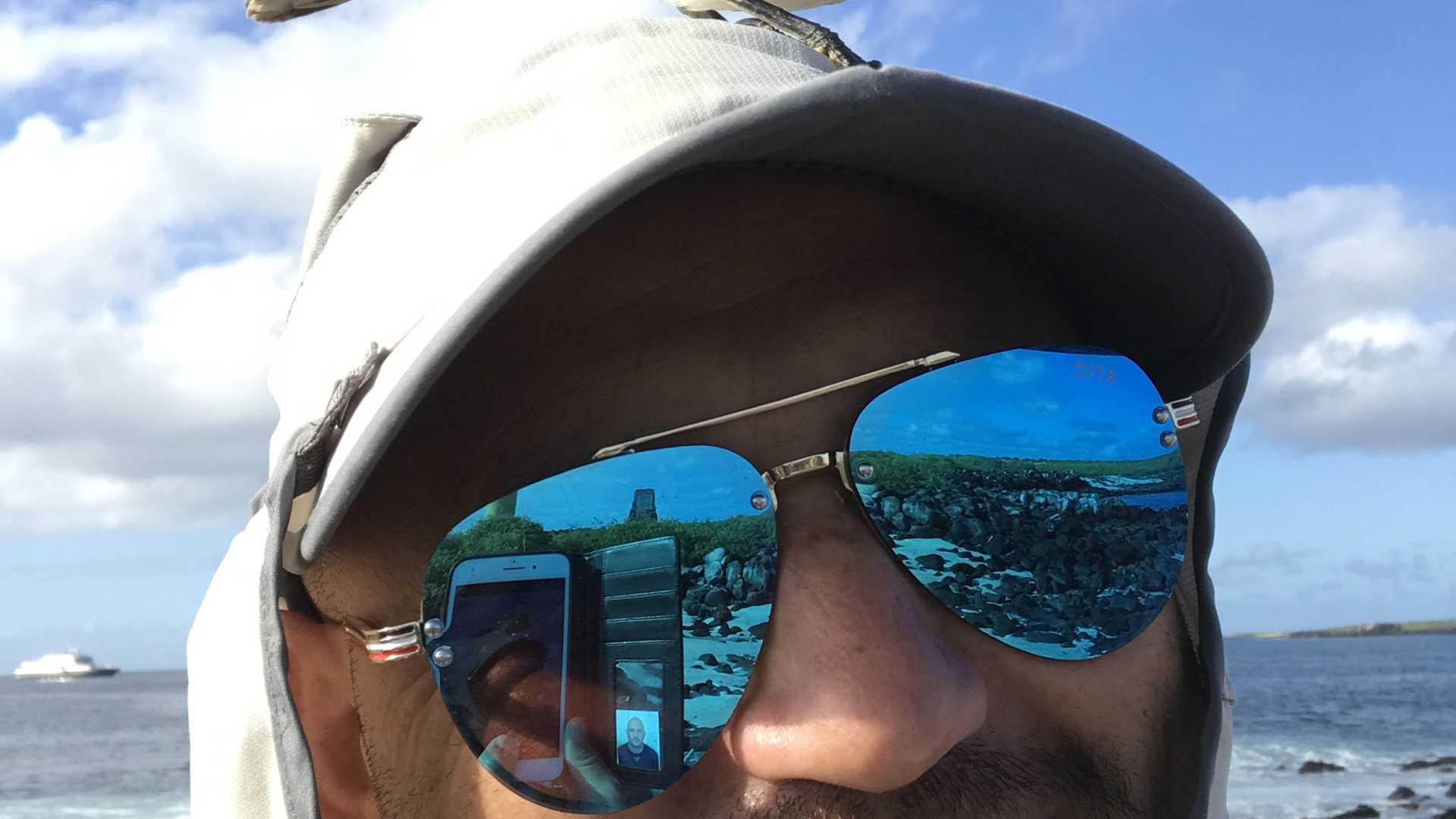Espanola Island is one of the best examples of restoration in Galapagos. Being here this week, it is difficult to believe that the whole of the archipelago was destroyed by human impact when Galapagos was officially discovered in 1535 by Fray Thomas de Berlanga. In 1959, the Galapagos National Park was created along with the Charles Darwin Research Station, and these two institutions have been working with different projects on the preservation of Galapagos ever since.
Due to the heroic efforts of these institutions, Espanola Island was declared free of feral pigs in 2001, and free of feral goats in 2005. Since then, the island itself has been finding its own natural equilibrium. Espanola has seven endemic species that are found on this island only. Tts flora has recovered amazingly well, and its emblematic natural herbivore, the Espanola giant tortoises, are roaming in the wild just like they did before the human impact. The incredible wildlife sightings coupled with the understanding of this victory of conservation make Espanola a must-see for explorers.







